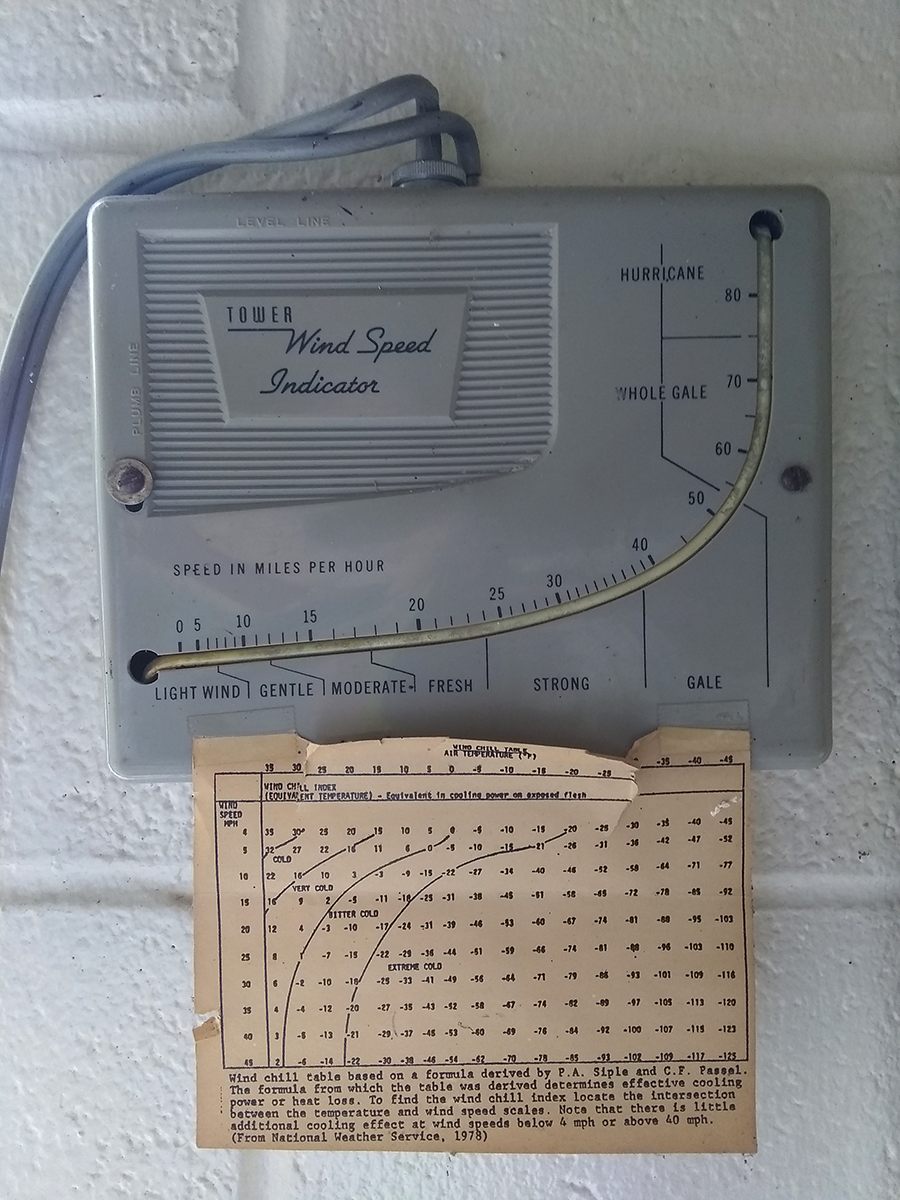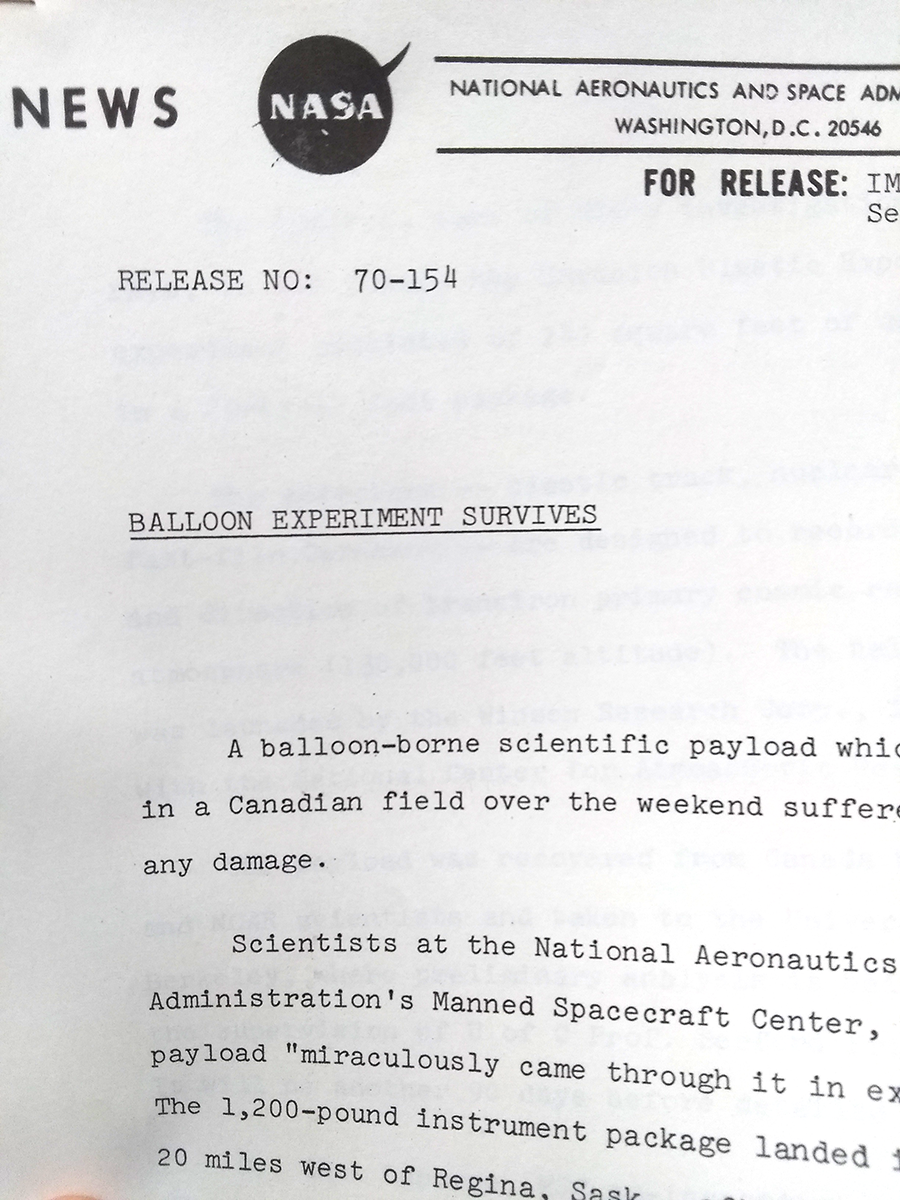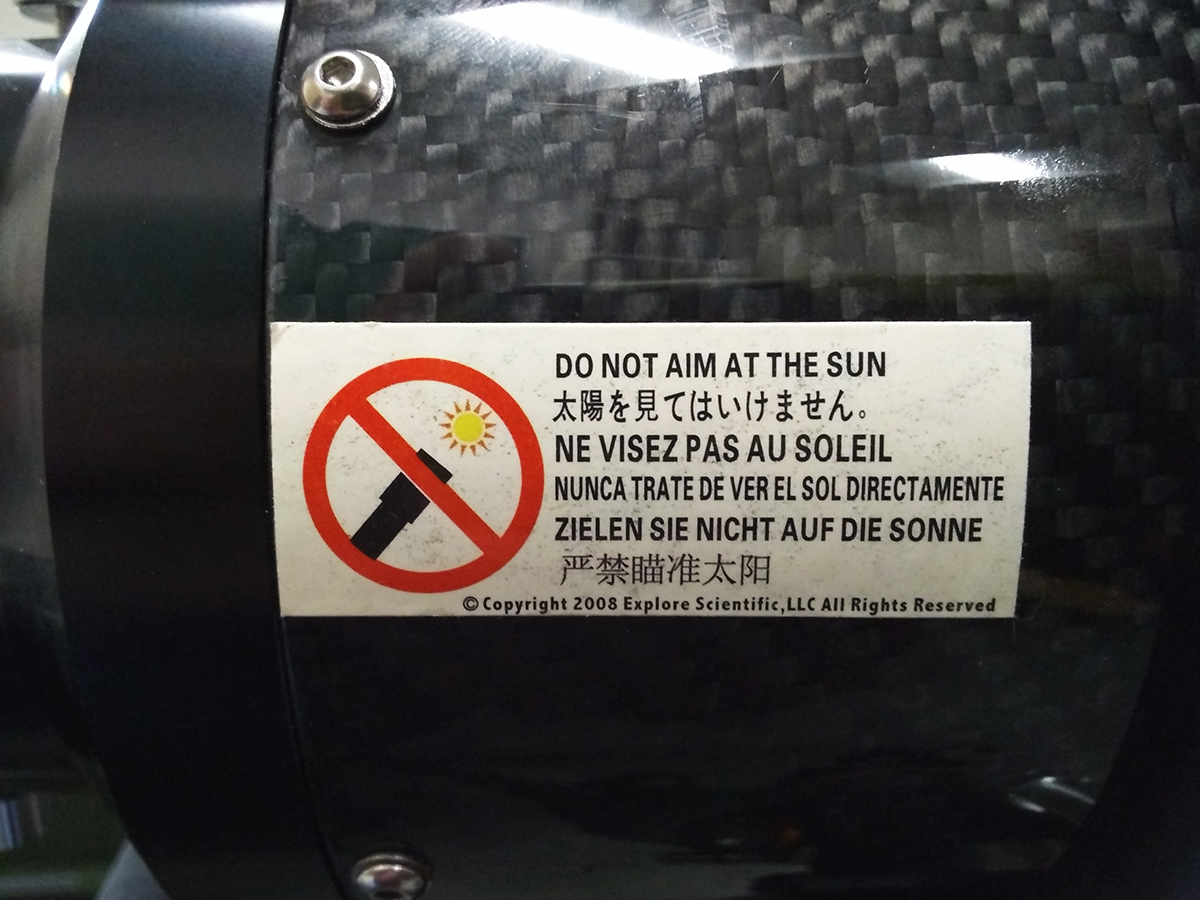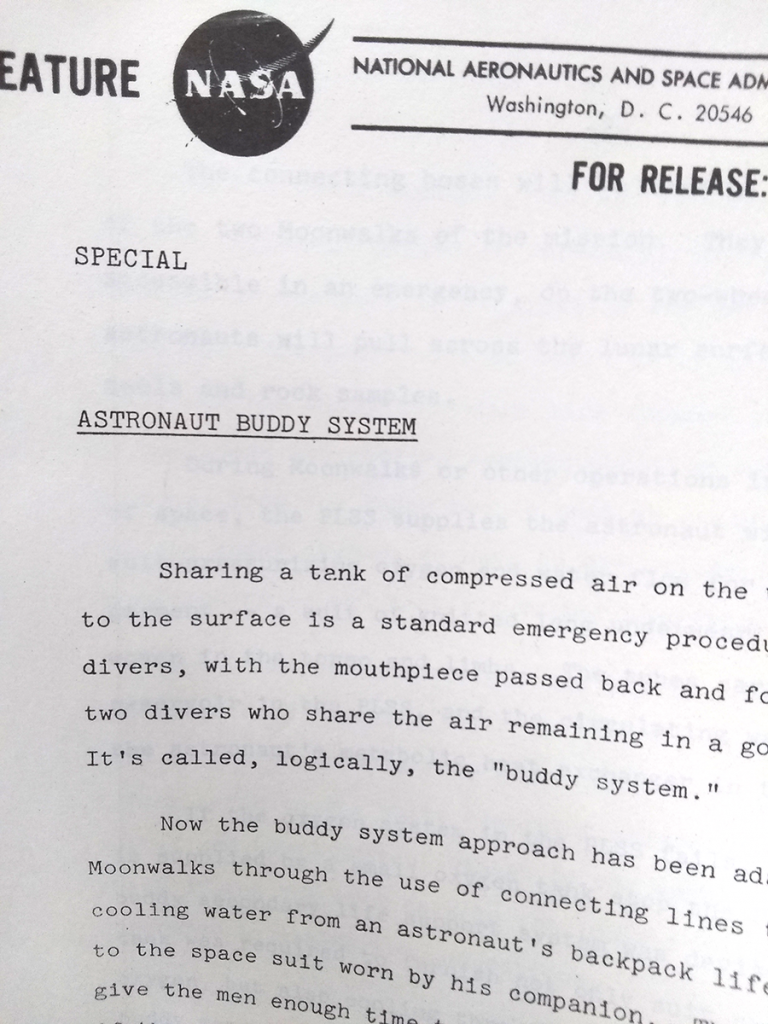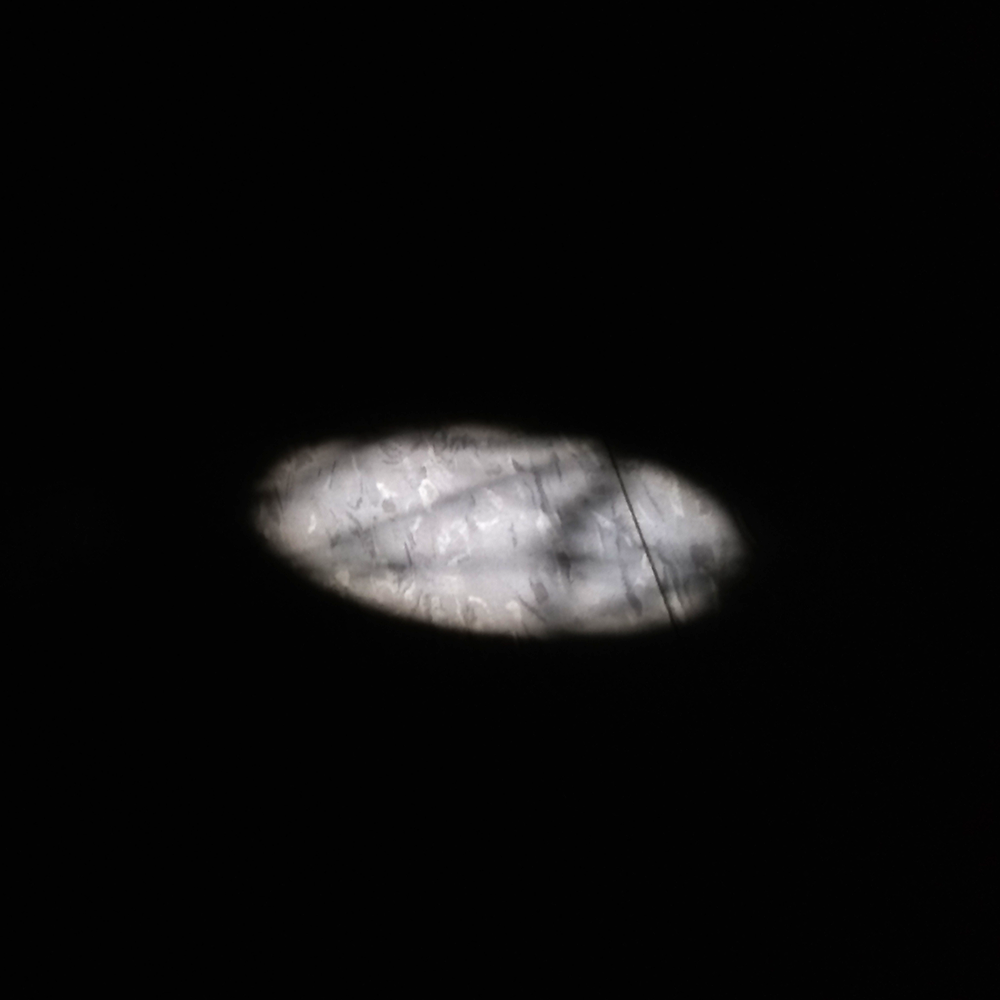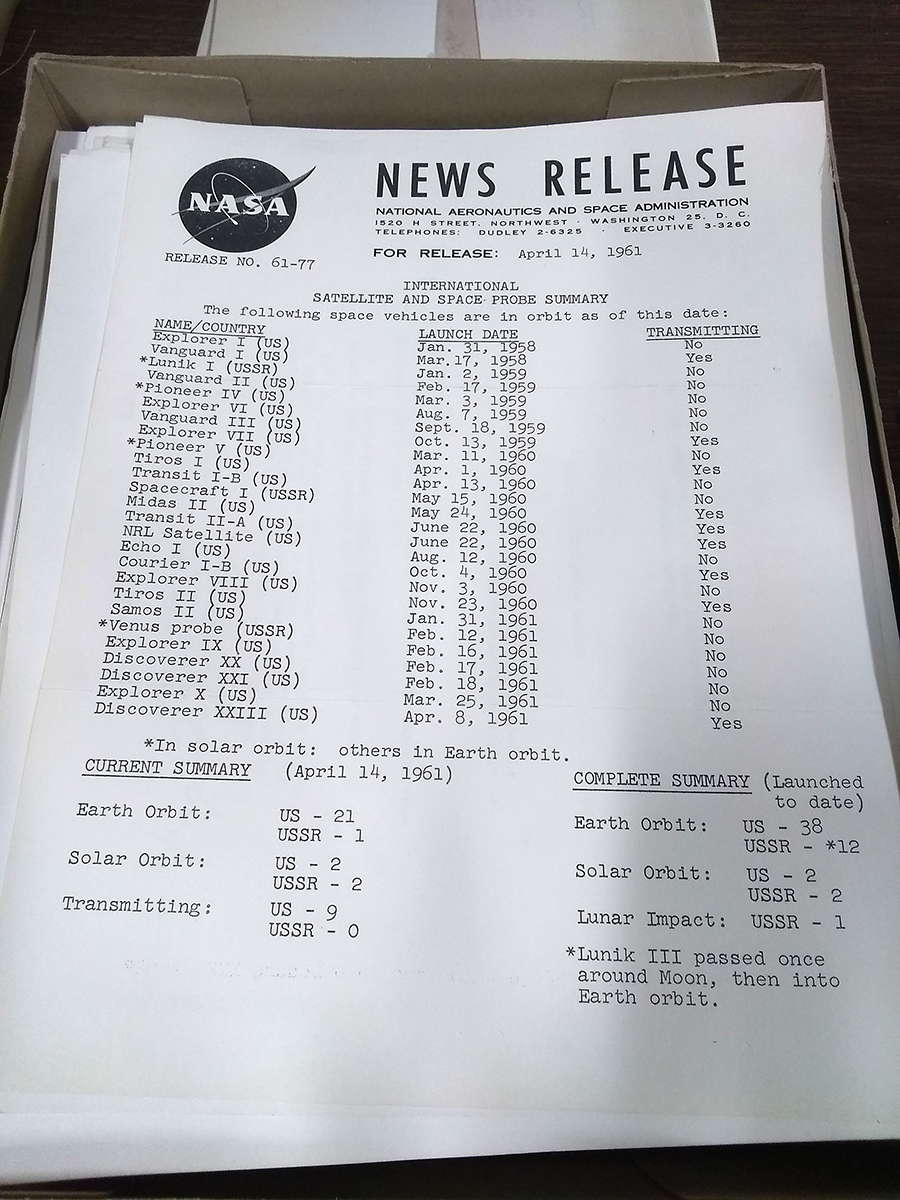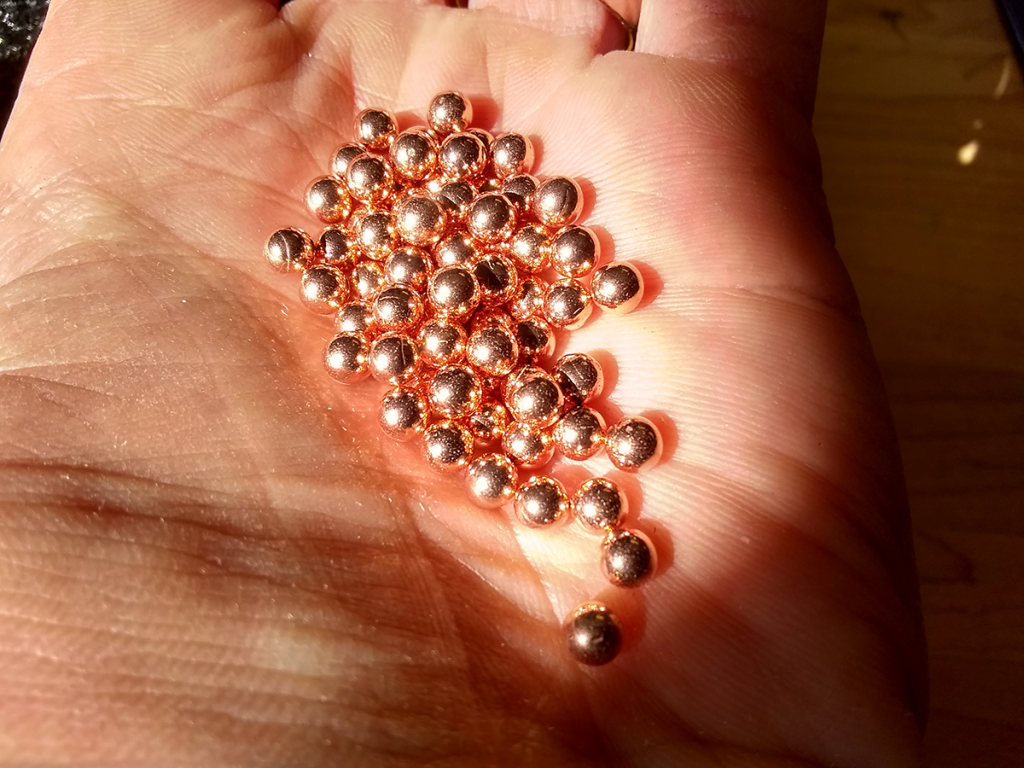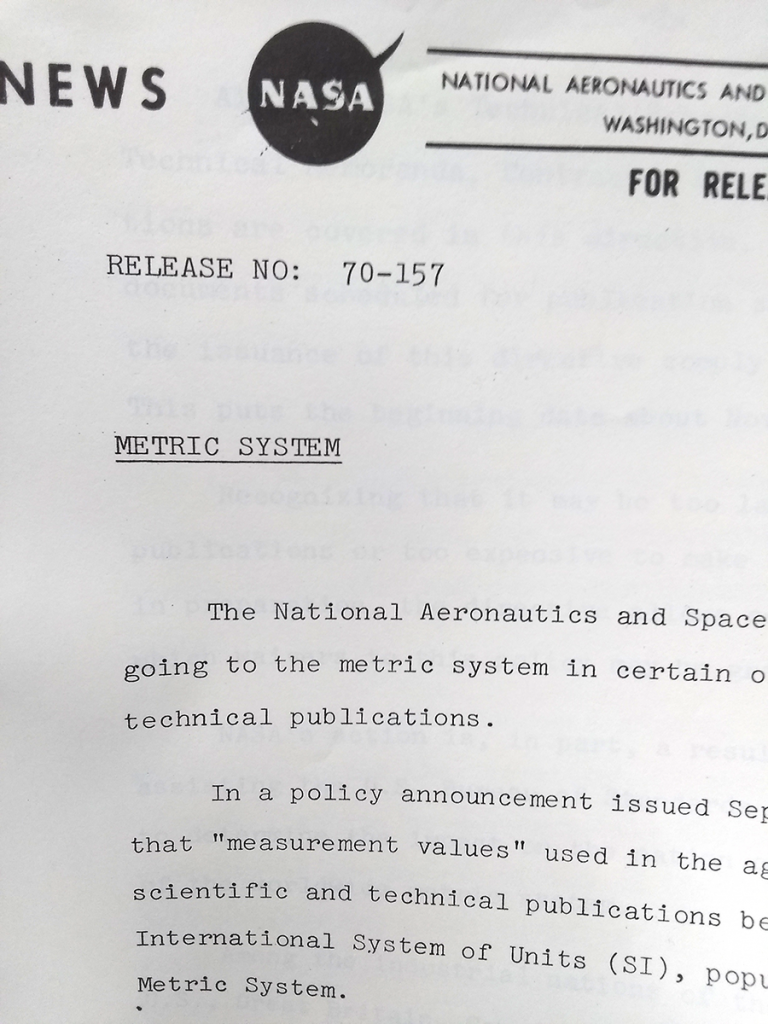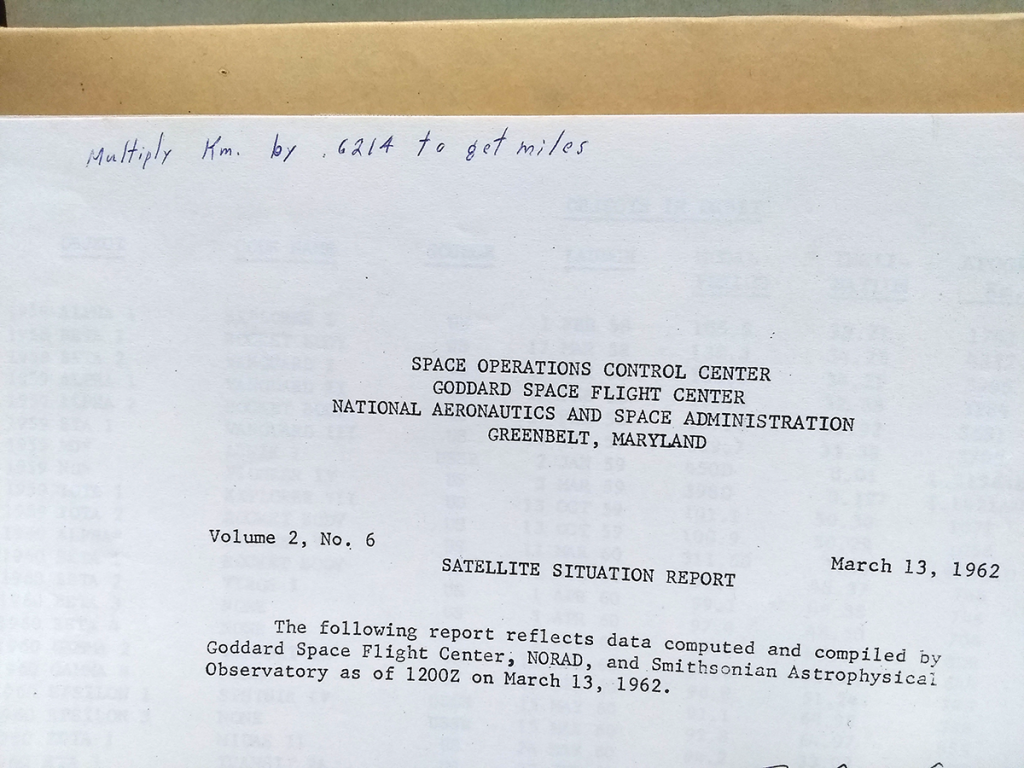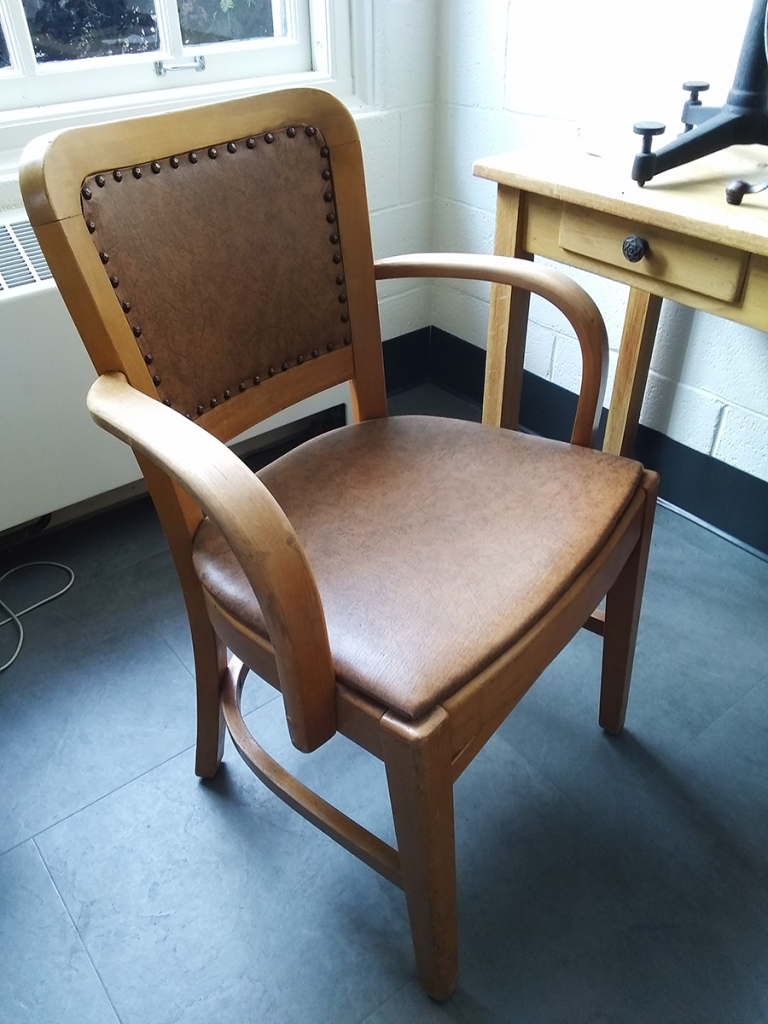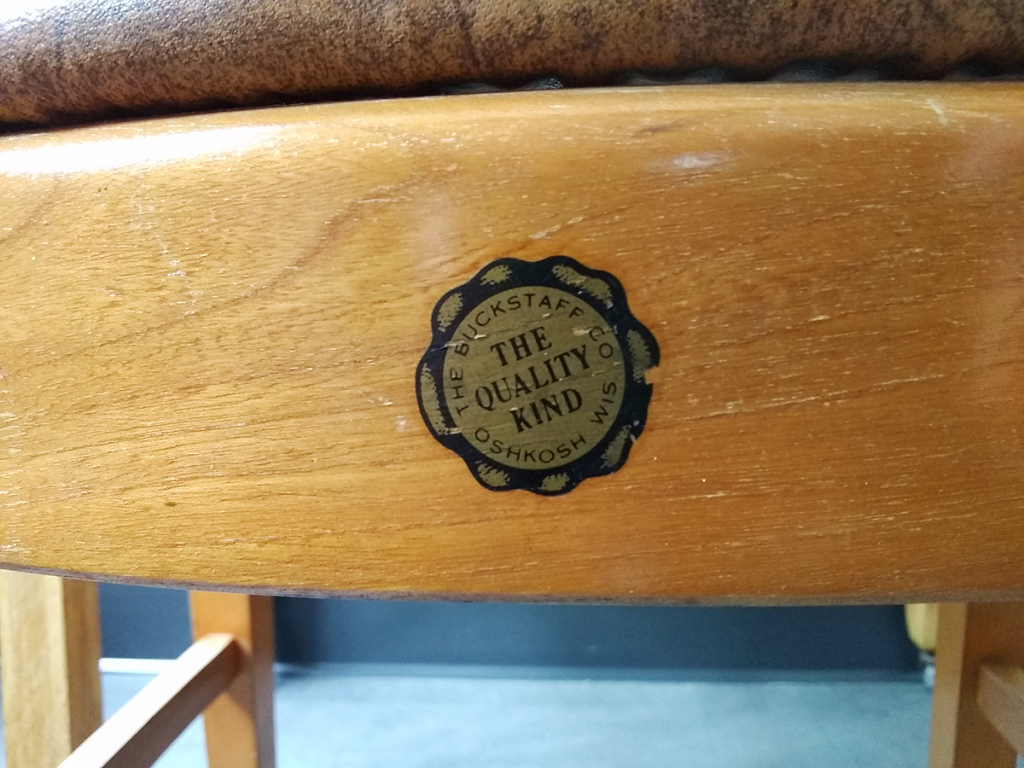
We’re all relieved to hear that. While the American bullfrog enjoys a large natural range throughout eastern North America, and are celebrated jumpers, they are not typically encountered at heights above the earth that one would consider “in orbit.”
Whatever it’s like to think like a frog, we can safely assume that the rocket launch and orbital microgravity experiences were weird by any frog standards.
